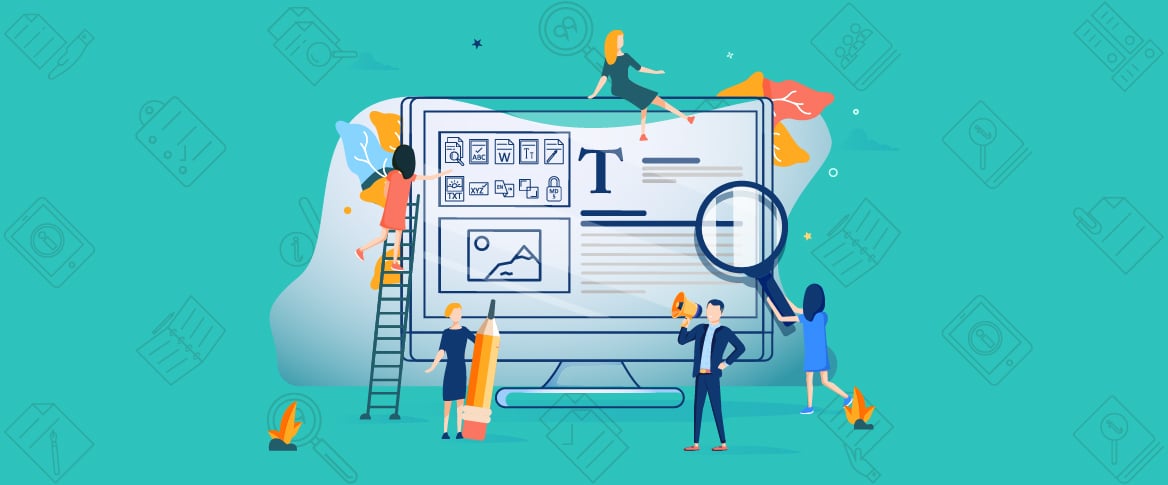Home » About Plagiarism »
 December 27, 2018
December 27, 2018
Locating plagiarism within a document or a work of art is a pretty daunting task. The typical search for copied content will involve matching with thousands of documents of similar nature. the fact that plagiarism is not just about word to word or exact copying of a certain work, it also includes copying ideas, or phrases or thoughts, etc so it is all the more difficult to find out copies of your work.
Plagiarism can be detected manually
Manual detection becomes virtually impossible if there are too many documents to be compared whereas computers like in every other field have made things easier for us here as well. Since computers have the ability to search logically, it usually comes up with more accurate results.
Plagiarism detection systems make use of large databases usually web-based search engines. However, the organization based on Plagiarism detection systems usually are based internally where the work of every member is documented as well as analyzed for detection. The web-based plagiarism detection software is the most commonly used tools for plagiarism detection.
Most of this software comes with no cost whatsoever.
They offer plagiarism detection services for free. Thus anyone and everyone can use these to gain access to copied content. However, there are some who are commercial in nature and charge money for using their services. Both these forms of web-based detectors are very accurate and provide fast results and hence are very popular.
For people who constantly face
the challenge of plagiarism, this software is extremely beneficial. they are a quick solution to something that is manually impossible. The fields of academia and journalism have benefitted immensely from this software as they can search every submission to be published from this software. That way there are lesser chances of any such incidence of plagiarism.
It must be kept in mind that all the above sources of detecting plagiarism depend widely on textual similarities. So the accuracy of this software will decrease considerably for non-textual forms of plagiarism such as idea lifting, fingerprinting, paraphrasing, disguised plagiarism, stylometry, etc.
However, in any case,
this software is a great way of letting people know that they will not go unchecked. The threat of serious penalties will make people work on original stuff. This is especially true when it comes to journalism and academia as both have serious penalties for plagiarism.
Plagiarism has been an eternal temptation for some people and for some it has been a challenge.
The age of the internet
has made it difficult for one of the parties (teachers and authentic writers) to keep track of any attempts of plagiarism. The ratio of plagiarists is alarmingly high especially when it comes to academia despite various check and balance systems in place. This is a serious threat to the creativity and atmosphere of such a prestigious institution in our society.
With the emergence of plagiarism detection software, such acts of theft can be controlled and limited to a certain low level. Otherwise, plagiarists will get a free hand.
- August 2025 (1)
- July 2025 (1)
- June 2025 (1)
- April 2025 (1)
- March 2025 (1)
- February 2025 (2)
- January 2025 (1)
- December 2024 (4)
- November 2024 (8)
- October 2024 (1)
- September 2024 (3)
- August 2024 (2)